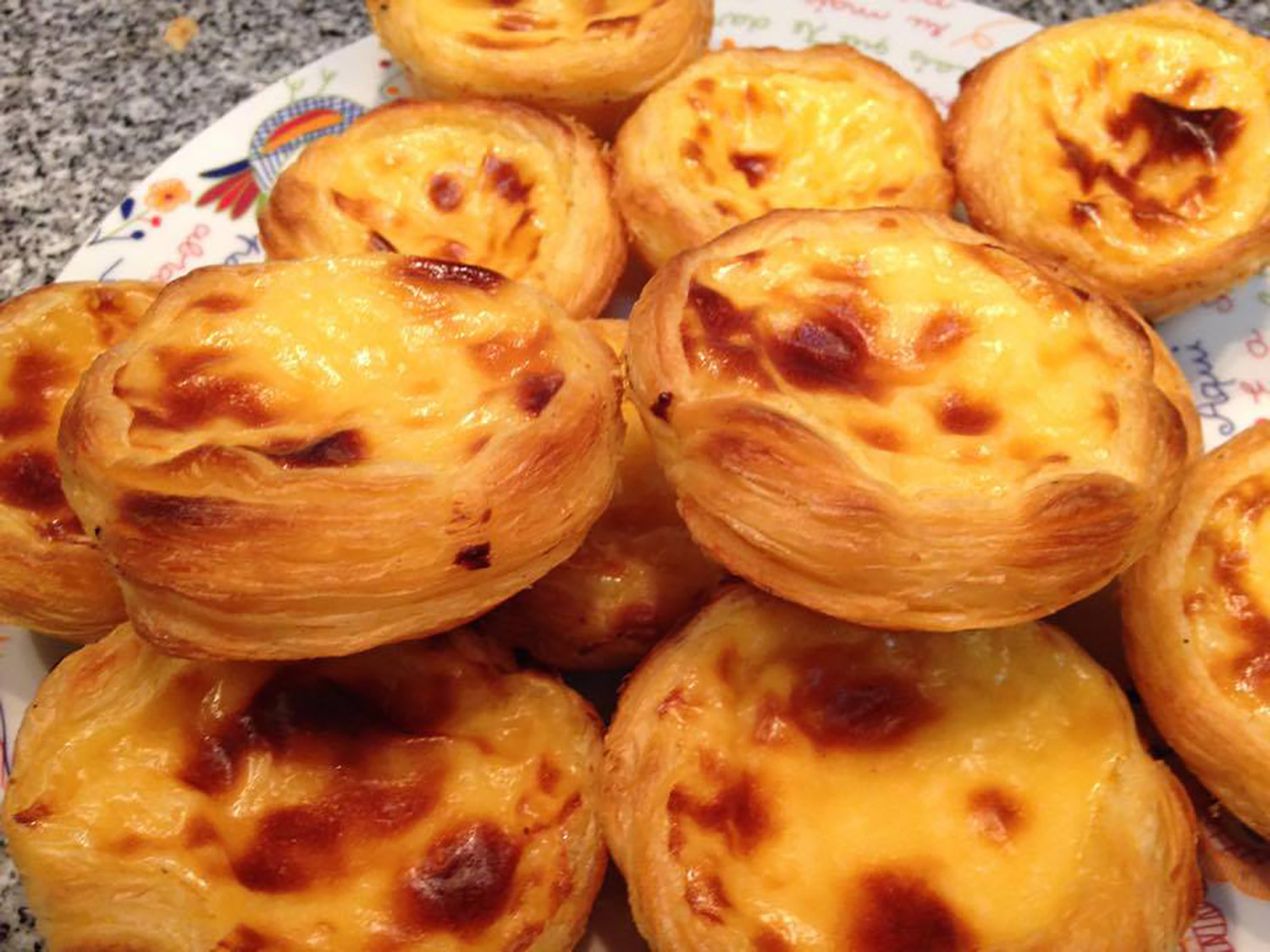Typical in Portuguese cuisine, the conventual sweets are almost a trademark of our country.
These sweets traditionally use egg yolks and sugar, mixed with other ingredients.
The best known Portuguese conventual pastry is the pastel de nata, but there are dozens of these sweets, which have similarities and differences between them. We are going to elaborate on conventual sweets, their characteristics, a little of their history and which ones you really can’t miss.
So… What are conventual sweets then?
As the name suggests, they are sweets made in convents by nuns or friars, and are known for using large amounts of sugar and egg yolks, but also for the frequent use of almonds.
Conventual sweets were made in convents all over Europe, but what makes our convent sweets different from the rest is the fact that they almost exclusively use egg yolks, a lot of sugar and very little flour.
These sweets became more famous after the 15th century, when sugar cane from the colonies began to be used. Besides the easy access to sugar, our country was one of the largest producers of eggs in Europe.
The egg whites were exported and used as clarifier in the production of white wine and for ironing the suits of rich men. Thus, there was a surplus of egg yolks, which convents began to use, along with sugar, to produce sweets, which were consumed to celebrate religious feasts.
It is also worth noting that, at the time, joining a religious order was not done for merely religious reasons, as many noblemen’s daughters opted for this life due to family pressures or patrimonial strategies. These noblewomen went to the convent with attendants, who helped with the preparation of food and with education.
Therefore, the nuns had the time, ingredients and help to create the most varied sweets, with each convent developing its own recipe. With the opening of new convents, some recipes were shared and then adapted, to each convent’s particular taste.
Following the liberal wars, in 1834, the extinction of the religious orders was decreed. Female convents were allowed to remain in operation until the last nun died, but no novices were allowed to enter.
Thus, convents started selling convent sweets to private individuals, and some families who took in nuns kept the recipes. Other nuns sold their recipes to confectioners. Unfortunately, however, many convent sweets recipes were lost or even burnt.
It is not known if the current names we give to these sweets were already used at the time of their creation, or if they were a later invention. What is interesting to note is that some of the names of convent sweets are, to say the least, somewhat humorous, with some being linked to religion, and others being rather provocative.
Convent sweets with religious references include ” the little cheese from heaven”, “slices of Santa Clara”, ” heaven cake”, “angel pies”, “heavenly delicacy” and ” heaven bacon”. When it comes to more provocative sweets, we have “nuns’ bellies”, “novice’s titty-bits”, “sacristan balls”, “nuns’ throats” and “nun’s kisses”.
In Portugal, practically every land has its typical convent sweets, which can be tasted in the bakeries and pastry shops of the various localities. There are, however, cities that are a reference in terms of conventual sweets in our country, such as Coimbra, Aveiro and Alcobaça.
We have a list of the most renowned conventual sweets throughout the country, and those whose convent is known. These delicacies are delicious and should be tasted at least once in a lifetime, although many equally deserving sweets have not been mentioned here.
Keep following us to learn more…







Itís nearly impossible to find educated people for this topic, but you seem like you know what youíre talking about! Thanks
Itís nearly impossible to find knowledgeable people in this particular topic, but you sound like you know what youíre talking about! Thanks